Ever wondered what the oldest handicraft in India is? It's the art of pottery! Yes, that simple yet complex craft involving clay, water, and skilled hands has been around for thousands of years. Pottery is not just about creating utensils or decorative items; it's a window into the history and cultural practices of ancient civilizations in India.
Let's dig into how pottery began as a crucial daily necessity and evolved into an art form with regional twists and symbolic meanings. This transformation mirrors the story of India itself, where tradition and innovation dance in a beautiful blend. It's fascinating how each region has its unique style, like the glazed pottery of Khurja or the black clay pottery of Manipur.
- History of Indian Pottery
- Crafting Techniques
- Regional Styles and Significance
- Modern-Day Relevance and Tips
History of Indian Pottery
Pottery in India is like a tale as old as time itself. If we go back around 9,000 years, the beginnings of this craft take root in the Indus Valley Civilization, which thrived along the banks of present-day Pakistan and northwest India. The inhabitants there were incredibly advanced for their time, not just building vast cities but crafting functional pottery pieces that often doubled as works of art.
Fast forward some centuries, and archaeological digs reveal beautifully decorated pottery shards from this era. These pieces often feature motifs and designs hinting at religious or cultural meanings. The Indian pottery of this time was not just utilitarian but a means of communication, capturing stories and everyday life.
Influence of Dynasties
As time rolled on, different dynasties brought new techniques and styles. The Mauryan period, for instance, saw the emergence of highly polished black pottery—an artistic marvel of its time. Come the Gupta era, pottery took on more intricate designs, showcasing elaborate carvings and motifs.
Each dynasty left its mark, and regions started developing their own distinct styles. Northern India’s focus on intricate designs contrasted with southern India's earthy, straightforward creations, reflecting the cultural diversity of the subcontinent.
Pottery in Historical Texts
Even ancient texts, like the Vedas and Mahabharata, sneaked in some mentions of this artistic craft. They often described it as an essential part of daily life, used in rituals, food storage, and even as art pieces. Such texts give us a glimpse of how central pottery was in crafting cultural narratives.
| Period | Style |
|---|---|
| Indus Valley | Simple with pictorial designs |
| Mauryan | Polished black pottery |
| Gupta | Intricate carvings |
Recognizing the historical depth of Indian pottery helps us appreciate its ongoing journey. The beauty lies not just in its resilience but also in its ability to adapt across eras, remaining both a practical skill and a cherished art form. Next time you see a pottery piece, think of it as a little time capsule, holding both the stories and the artistry of generations long past.
Crafting Techniques
Pottery in India has been crafted using age-old techniques that have been passed down through generations. What's fascinating is how these methods have remained largely unchanged, keeping the authentic touch alive. To create these masterpieces, artisans use a few basic yet effective techniques.
Preparation of Clay
The process begins with clay preparation. Artisans gather clay from local riverbeds or lakes. It’s essential to remove impurities, so it’s thoroughly cleaned and kneaded. This ensures the Indian pottery has the right consistency and texture for molding.
Hand Building
One of the oldest techniques is hand building. Here, the artisan shapes the clay using only their hands and simple tools. This involves pinching the clay to form a pot or coil-building where clay is rolled into long strips and layered to create the structure.
Wheel Pottery
The potter's wheel revolutionized the craft, allowing for more symmetrical and complex designs. The artist places a lump of clay on the wheel and uses controlled spins, combined with hand pressure, to shape the piece. This technique is common in studios across the country, from traditional to modern workshops.
Decoration and Glazing
Decoration brings uniqueness to each piece. Whether it’s etching designs before the clay dries or using specific dyes for color, these steps highlight creativity. Glazing is another key part, where a coating is applied to give the pottery that glossy finish. It’s not just beautiful, but practical, making the pottery water-resistant.
Indian pottery isn't just about utility; it's an art form. Next time you see pottery, think about the skilled hands and timeless techniques that crafted it. Understanding these methods can help you appreciate the value and history of these pieces even more.
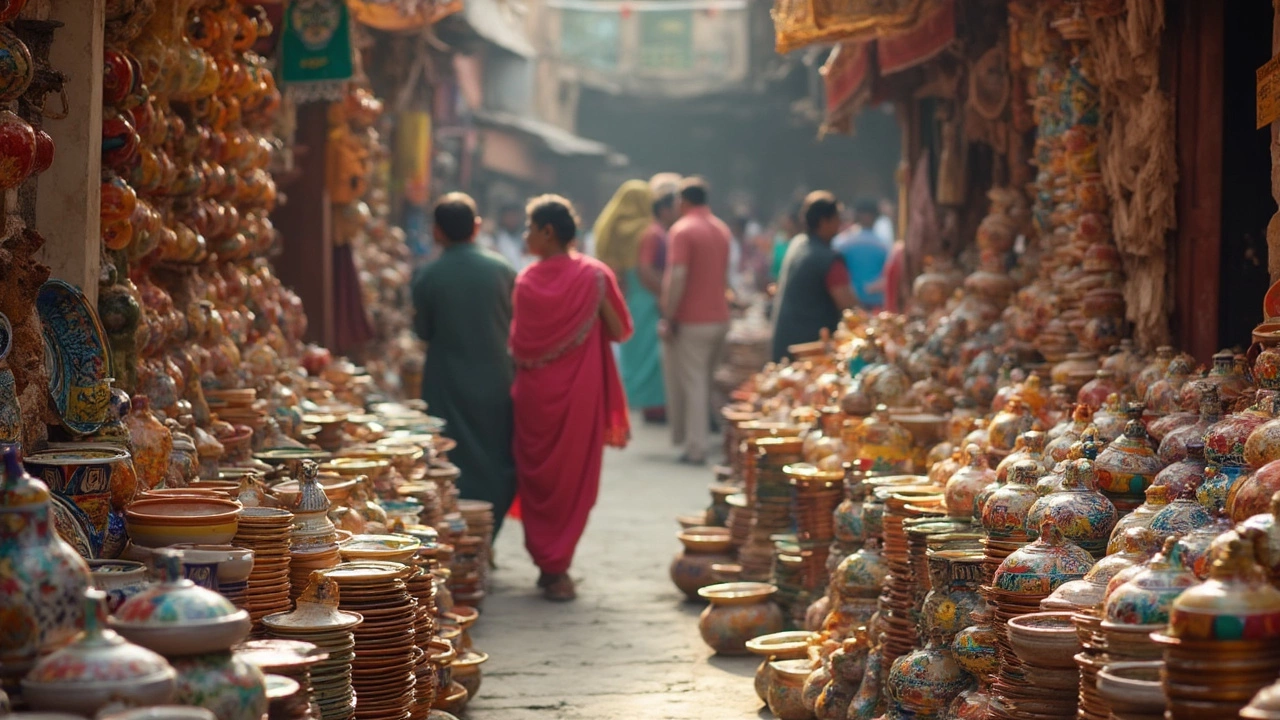
Regional Styles and Significance
India's vast landscapes and diverse cultures have led to a rich tapestry of pottery styles. Each region boasts its own techniques and themes, all contributing to the charm of Indian pottery. From the earthy tones of Rajasthan's terracotta to the intricate designs of Nagaland's black pottery, there's a story behind every piece.
Terracotta Wonders of Rajasthan
In Rajasthan, the tradition of decorating homes with terracotta artifacts has been prominent for ages. Known for their vibrant red and orange hues, Rajasthan's pottery often features motifs from folklore and daily life. These pieces are not just decorative but have also been used in religious and ceremonial contexts.
Black Pottery of Manipur
Manipur’s black pottery is truly unique. Also known as Longpi pottery, it's made without a wheel using a hand-molding technique. The glossy black finish is achieved through a meticulous firing process. Historically, these pots were essential for cooking and storing food, thanks to their rich and robust quality.
Glazed Pottery of Khurja
Khurja, famously known as the 'ceramics city,' is renowned for its vibrant, glazed pottery. This style is noted for its stunning ornamental appeal, often involving bold colors and intricate patterns. Khurja's pottery is now a significant export commodity, with pieces ranging from plates to flower vases.
Beyond these, India is speckled with numerous other styles, like the blue pottery of Jaipur or the fine terracotta of West Bengal. This diversity not only adds to the country's cultural richness but also supports many local economies today.
Modern-Day Relevance and Tips
It's interesting to see how Indian pottery has found its footing in the modern world. Despite technological advances and a global shift towards mass production, the appeal of handcrafted items like pottery has only grown stronger. Artisans are now blending traditional techniques with contemporary designs, making pottery a chic choice for home decor and kitchenware.
People today are increasingly interested in sustainability, and there's nothing more eco-friendly than ancient crafts using natural materials. Pottery checks all the boxes—it's durable, biodegradable, and its production has a low carbon footprint.
How to Choose the Right Pottery Pieces
Selecting quality pottery can be tricky, but a few tips can help you become a discerning buyer:
- Look for authenticity: Genuine Indian handicrafts often have unique imperfections, making each piece special.
- Feel the weight: Quality pottery should feel solid, not flimsy. Pick it up; if it feels substantial, you're on the right track.
- Check the glaze: A good glaze should be even and free from cracks or bubbles. Inspect the surface carefully.
Pottery Workshops and Experiences
Many places now offer pottery workshops that allow you to try your hand at this ancient art. It's a fantastic way to appreciate the skill and creativity involved. Plus, you get to take home your masterpiece!
| Region | Popular Style |
|---|---|
| Khurja | Glazed Pottery |
| Manipur | Black Clay Pottery |
Participating in these workshops not only supports local artisans but also helps keep the tradition alive for future generations. It's not just about buying an item; it's about understanding the history and love embedded in every piece.
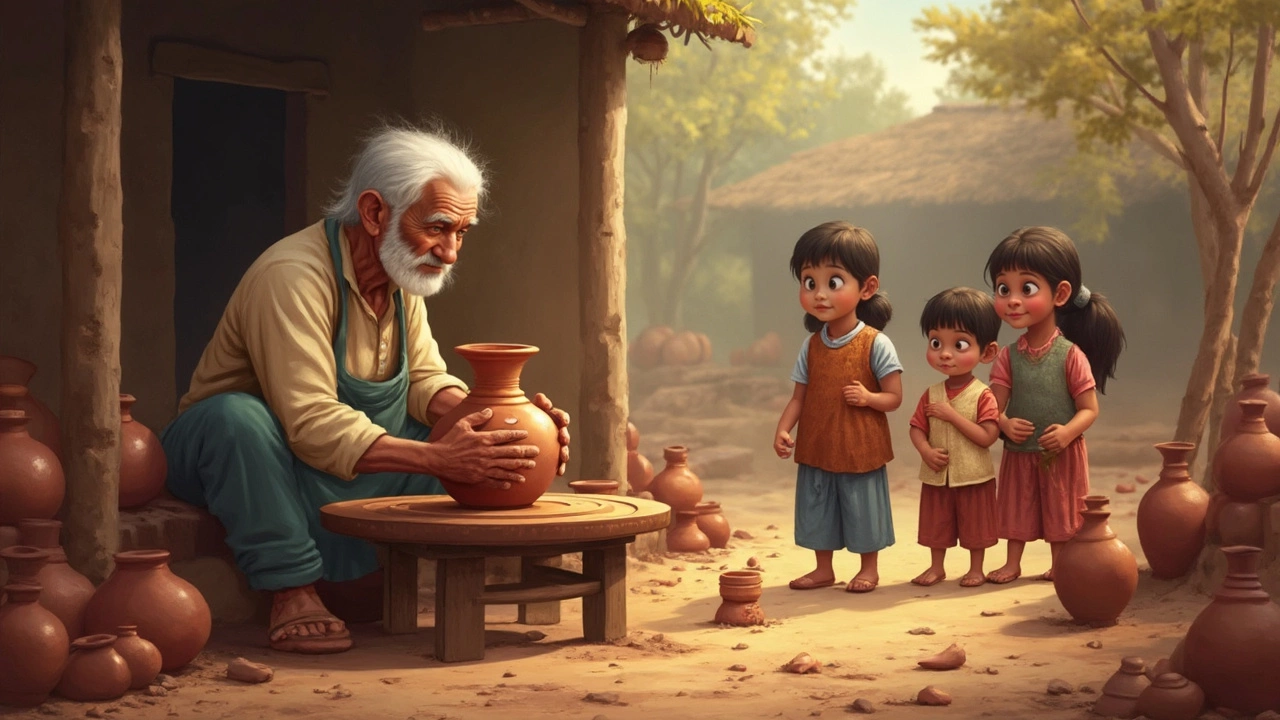
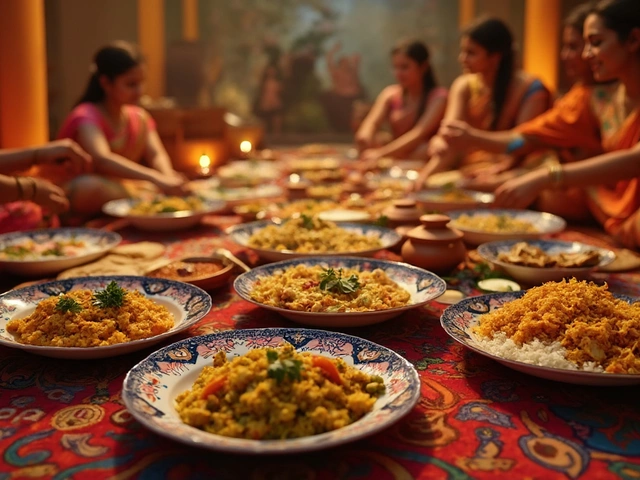
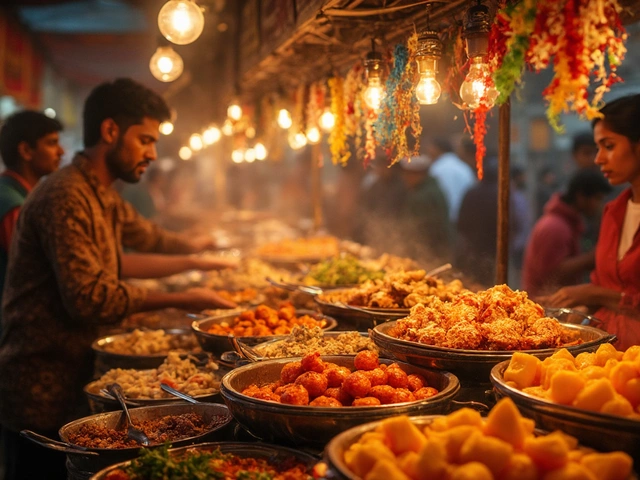

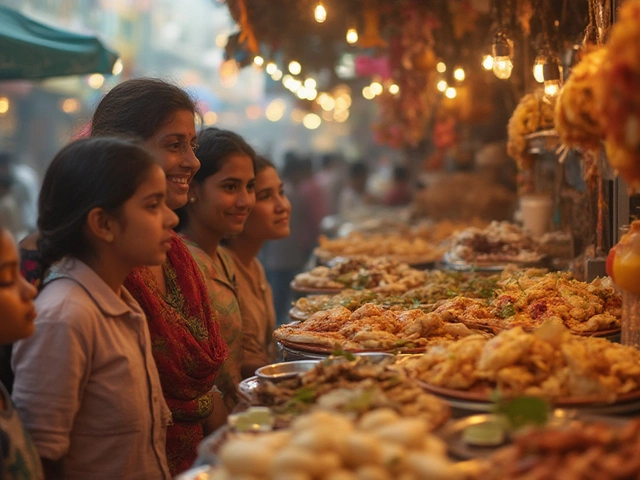
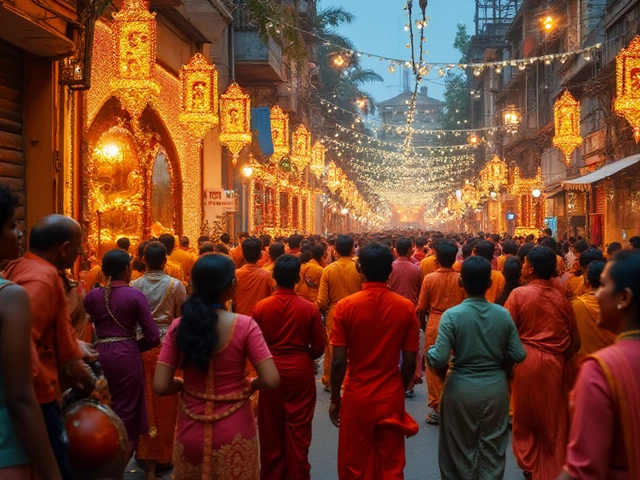
Write a comment